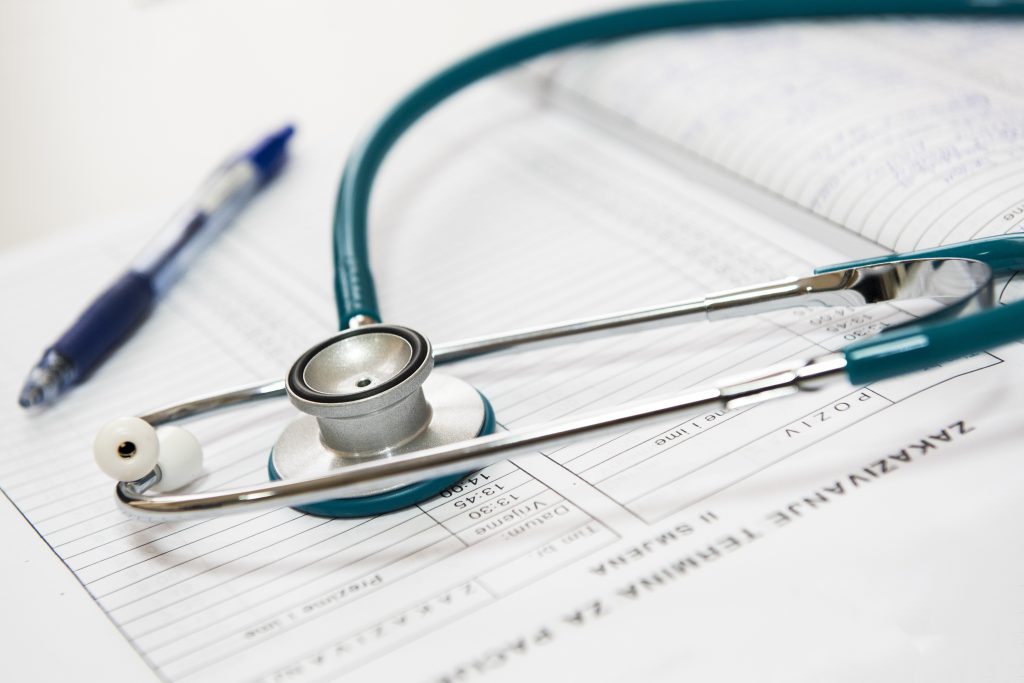 In the face of the profound loss that accompanies the passing of a family member, the impact can be particularly agonizing when that loss follows the anticipation of medical intervention, such as a transplant. The immediate inclination might be to explore legal avenues through a medical malpractice claim, yet the determination of whether negligence played a role can be an intricate matter for the average individual. This Louisiana case shows how important it can be to obtain expert testimony to help show malpractice occurred.
In the face of the profound loss that accompanies the passing of a family member, the impact can be particularly agonizing when that loss follows the anticipation of medical intervention, such as a transplant. The immediate inclination might be to explore legal avenues through a medical malpractice claim, yet the determination of whether negligence played a role can be an intricate matter for the average individual. This Louisiana case shows how important it can be to obtain expert testimony to help show malpractice occurred.
The medical malpractice case brought by Jarrard Green and his sister Bernadine Green arose from complications after a donated kidney failed post-transplant. Jarrard donated his kidney to Bernadine, who suffered from end-stage renal disease. The transplant was performed by one of the defendants, Joseph Buell. Several days after the transplant, the kidney failed and needed removal. Jarrard initiated a Medical Review Panel process which rendered an opinion in favor of the defendants stating there was no breach in the standard of care.
A medical malpractice and lack of informed consent lawsuit followed. Defendants Dr. Joseph Buell, Dr. Douglas Slakey, and Tulane University Hospital filed a motion for summary judgment stating the Greens lacked the necessary expert testimony to support the allegations. The motion was granted by the trial court dismissing the claims. The Greens appealed.
 Louisiana Personal Injury Lawyer Blog
Louisiana Personal Injury Lawyer Blog


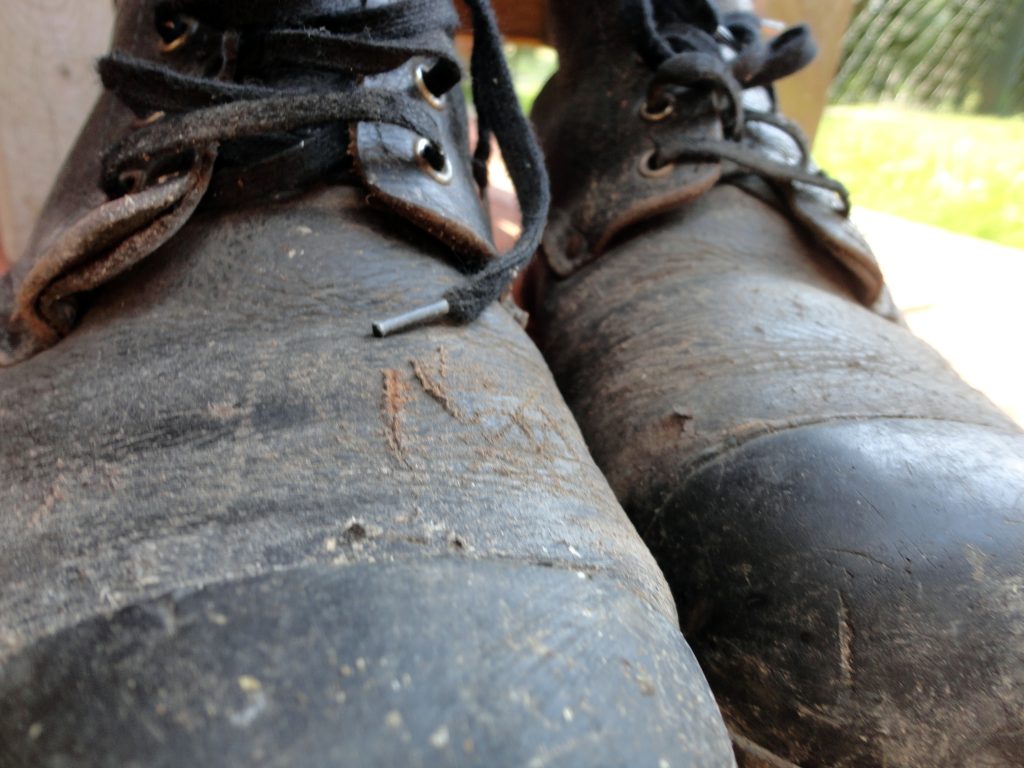 Should an employer continue to pay for work-related injuries even after an employee has “fully recovered”? At issue is a decision that terminated an employee’s entitlement to certain benefits. After the employee suffered a work-related injury and received temporary total disability benefits, her former employer, The Walgreen Company, filed a motion to modify the judgment. This led to litigation and a subsequent appeal.
Should an employer continue to pay for work-related injuries even after an employee has “fully recovered”? At issue is a decision that terminated an employee’s entitlement to certain benefits. After the employee suffered a work-related injury and received temporary total disability benefits, her former employer, The Walgreen Company, filed a motion to modify the judgment. This led to litigation and a subsequent appeal.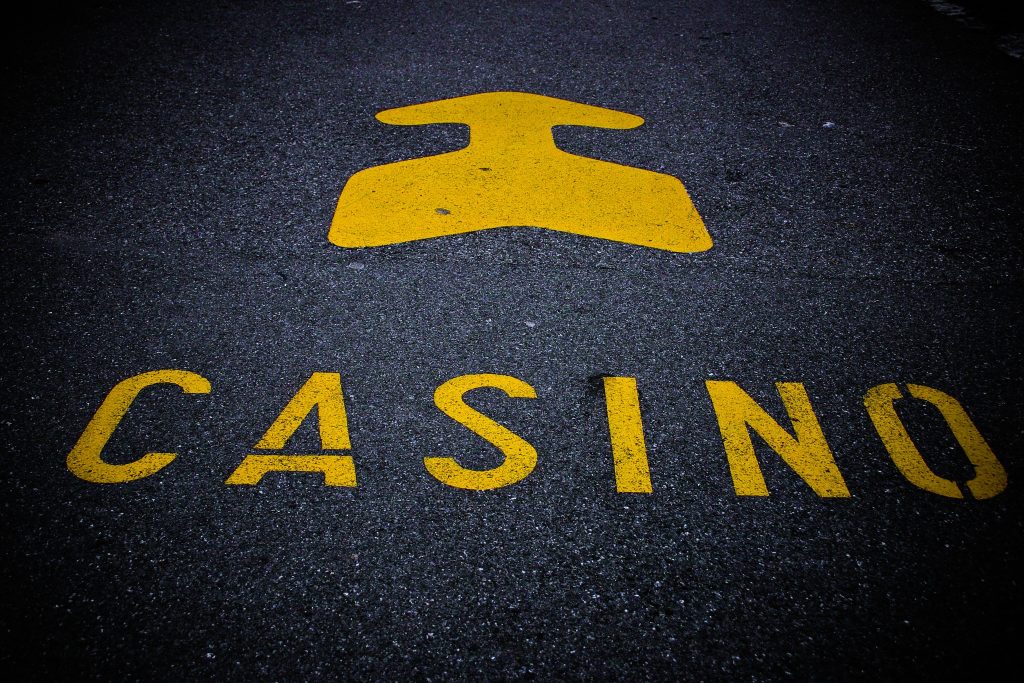 When you enter a store or place of public accommodation as a customer, there is a certain expectation of safety. Many customers expect stores to provide clean bathrooms and a slip-free environment. This, however, was not the case for Valencia Lewis when she was walking through a New Orleans casino.
When you enter a store or place of public accommodation as a customer, there is a certain expectation of safety. Many customers expect stores to provide clean bathrooms and a slip-free environment. This, however, was not the case for Valencia Lewis when she was walking through a New Orleans casino. 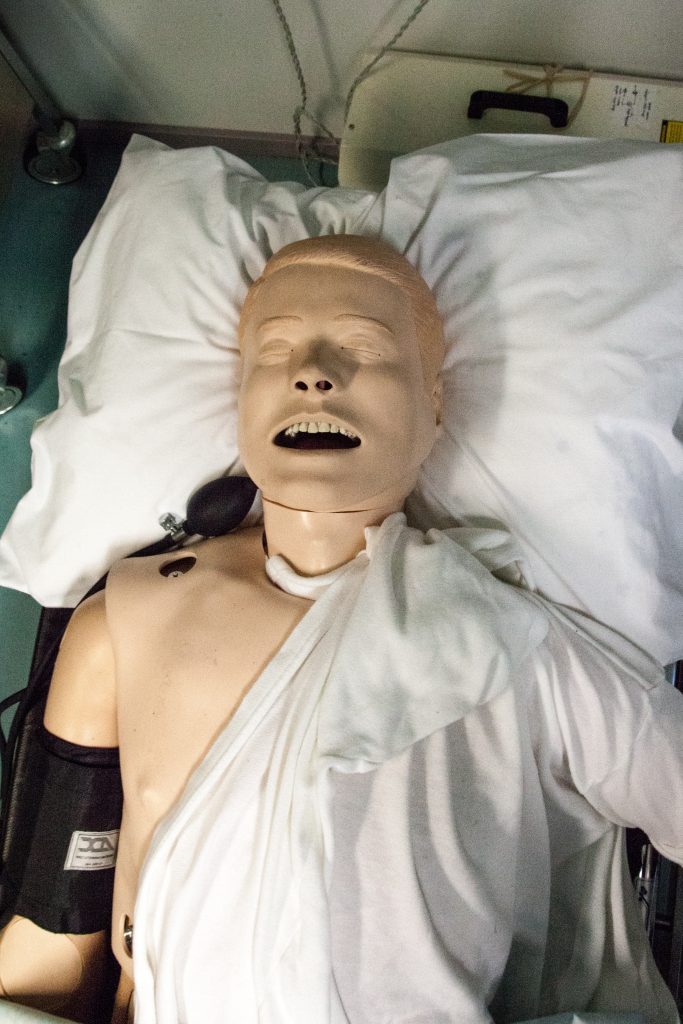 The prospect of undergoing medical procedures carries inherent risks; sometimes, unfortunate incidents can lead to injuries. In such cases, individuals can pursue medical malpractice claims to seek compensation for damages. A crucial aspect of these claims is presenting the appropriate evidence and adhering to procedural requirements. A telling illustration of the importance of these procedures is found in a lawsuit involving Elliott R. James and Lakeview Medical Center, LLC. This case underscores the significance of following legal protocols and obtaining substantial evidence to bolster a medical malpractice claim.
The prospect of undergoing medical procedures carries inherent risks; sometimes, unfortunate incidents can lead to injuries. In such cases, individuals can pursue medical malpractice claims to seek compensation for damages. A crucial aspect of these claims is presenting the appropriate evidence and adhering to procedural requirements. A telling illustration of the importance of these procedures is found in a lawsuit involving Elliott R. James and Lakeview Medical Center, LLC. This case underscores the significance of following legal protocols and obtaining substantial evidence to bolster a medical malpractice claim.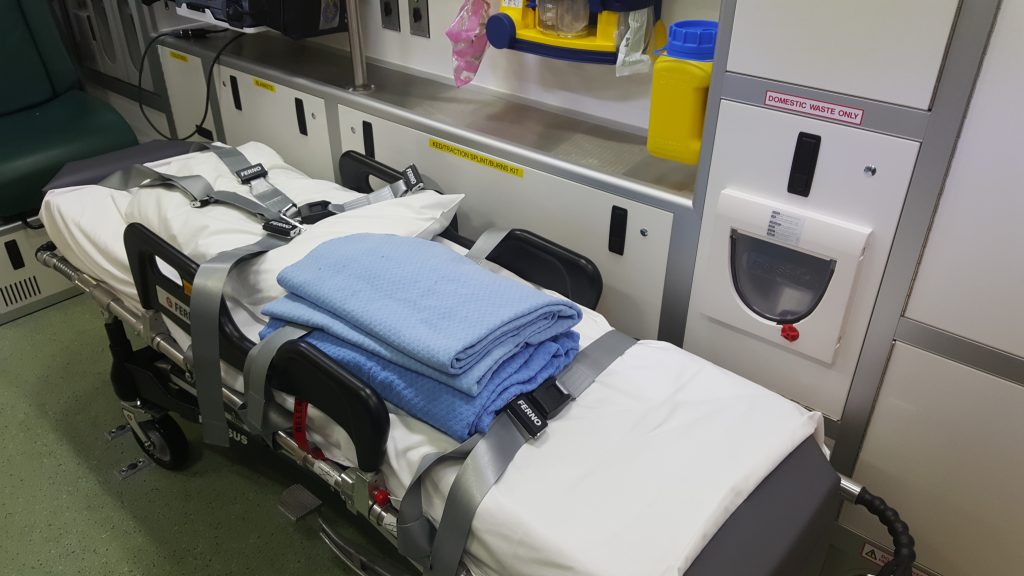 When medical emergencies strike, the rapid response of emergency medical technicians (EMTs) can mean the difference between life and death. However, the high-pressure nature of their role can also give rise to complex legal questions when outcomes take a tragic turn. Richard Miller’s case sheds light on the intricate landscape of EMT liability, illuminating the balance between legal protections afforded to these healthcare professionals and the pursuit of justice for patients and their families. It also helps answer the question: Can an emergency medical technician or their employer be held liable when things go wrong?
When medical emergencies strike, the rapid response of emergency medical technicians (EMTs) can mean the difference between life and death. However, the high-pressure nature of their role can also give rise to complex legal questions when outcomes take a tragic turn. Richard Miller’s case sheds light on the intricate landscape of EMT liability, illuminating the balance between legal protections afforded to these healthcare professionals and the pursuit of justice for patients and their families. It also helps answer the question: Can an emergency medical technician or their employer be held liable when things go wrong? 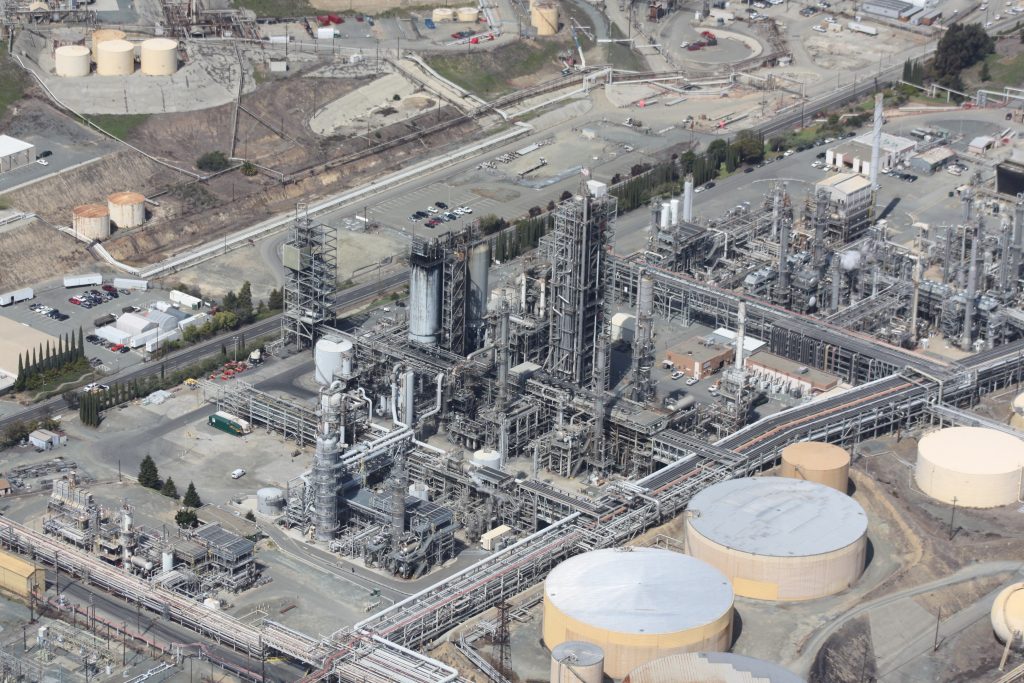 When multiple people are injured in the same incident, you might expect they are all eligible to recover the same type of damages, even if the precise dollar amount varies. This case indicates how the categories of damages awarded can vary by plaintiff, depending on the testimony and other evidence presented at trial.
When multiple people are injured in the same incident, you might expect they are all eligible to recover the same type of damages, even if the precise dollar amount varies. This case indicates how the categories of damages awarded can vary by plaintiff, depending on the testimony and other evidence presented at trial.  While headlines often tout substantial monetary awards for injured workers, the intricacies of such compensation might remain shrouded in mystery. Behind every high-stakes verdict lies a meticulous process of presenting compelling evidence to substantiate the array of damages claimed. In a recent case involving workers at a Firestone Polymers plant, the multifaceted nature of damages is unveiled, shedding light on the need for robust legal representation to navigate the diverse categories of compensation.
While headlines often tout substantial monetary awards for injured workers, the intricacies of such compensation might remain shrouded in mystery. Behind every high-stakes verdict lies a meticulous process of presenting compelling evidence to substantiate the array of damages claimed. In a recent case involving workers at a Firestone Polymers plant, the multifaceted nature of damages is unveiled, shedding light on the need for robust legal representation to navigate the diverse categories of compensation.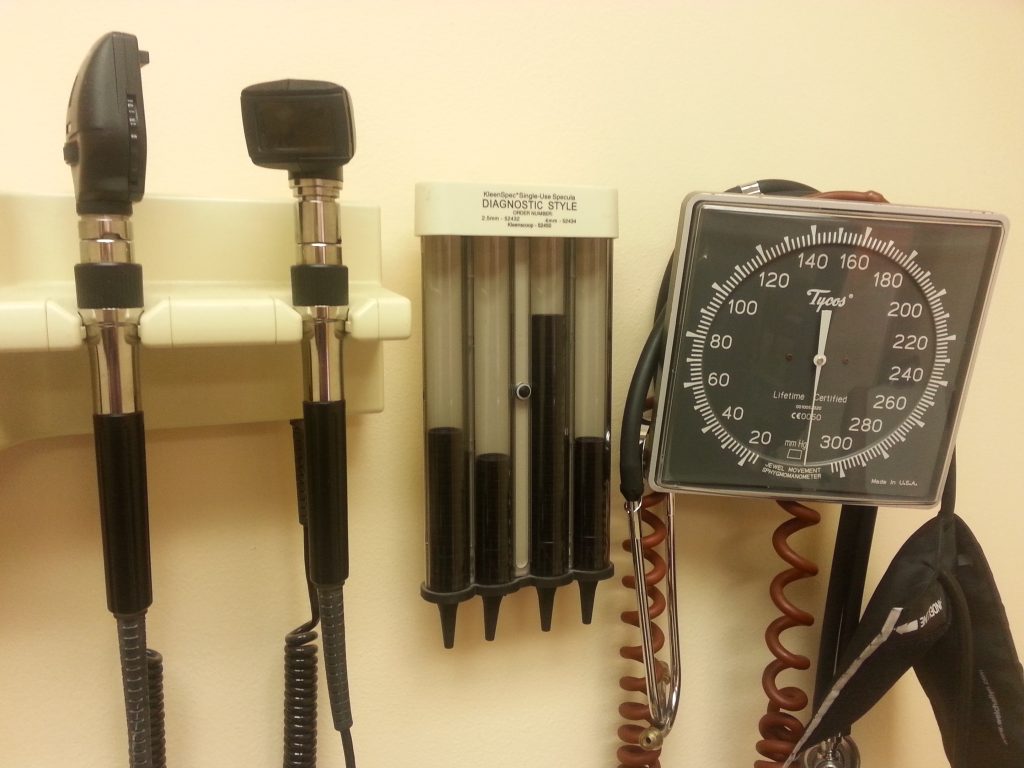 In the realm of medical malpractice, the intricacies of the legal process can often appear daunting, especially when juxtaposed against the heart-wrenching backdrop of a stillborn baby’s tragedy. K Arceneaux found herself entangled in this very confluence of circumstances, seeking justice for her devastating loss while grappling with legal procedure demands. As the mother’s quest for accountability unfolds, a crucial question emerges: Can a plaintiff prevail in a medical malpractice case without the indispensable backing of expert testimony?
In the realm of medical malpractice, the intricacies of the legal process can often appear daunting, especially when juxtaposed against the heart-wrenching backdrop of a stillborn baby’s tragedy. K Arceneaux found herself entangled in this very confluence of circumstances, seeking justice for her devastating loss while grappling with legal procedure demands. As the mother’s quest for accountability unfolds, a crucial question emerges: Can a plaintiff prevail in a medical malpractice case without the indispensable backing of expert testimony?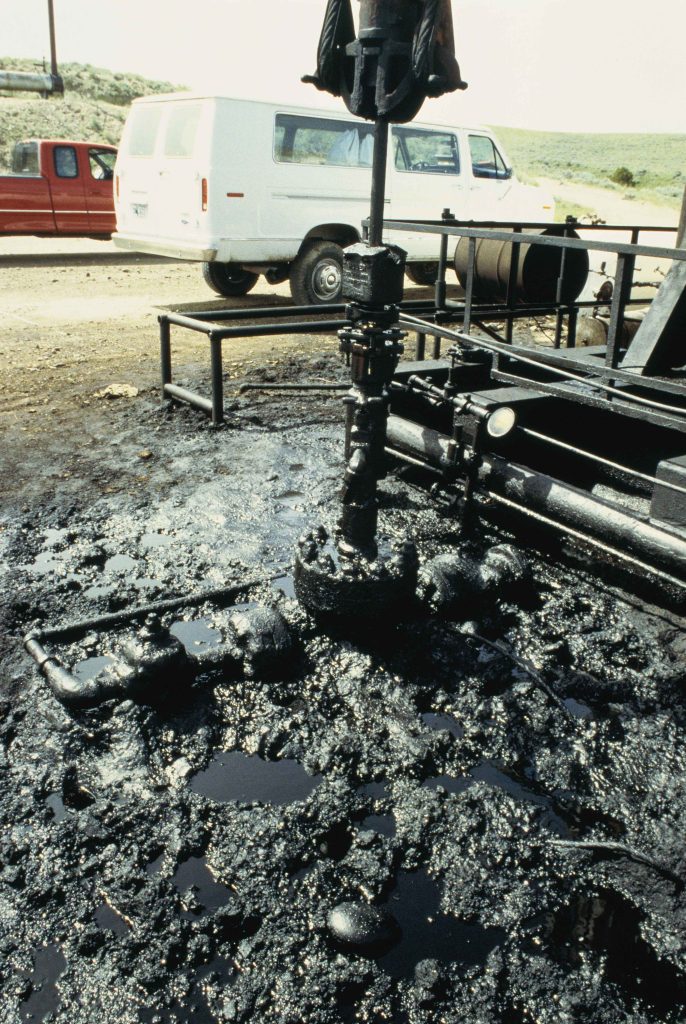 The rugged world of oil well labor often serves as a crucible of challenges, where hard work meets unforeseen perils. Within this demanding landscape, a legal saga unfolds, revealing the harrowing tale of two injured workers and the intricate journey through a labyrinthine appeals process. Their journey from the fiery depths of an explosion to the halls of justice sheds light on the complexities that can arise even after a jury’s verdict, providing a stark reminder of the importance of legal expertise in navigating this tumultuous terrain.
The rugged world of oil well labor often serves as a crucible of challenges, where hard work meets unforeseen perils. Within this demanding landscape, a legal saga unfolds, revealing the harrowing tale of two injured workers and the intricate journey through a labyrinthine appeals process. Their journey from the fiery depths of an explosion to the halls of justice sheds light on the complexities that can arise even after a jury’s verdict, providing a stark reminder of the importance of legal expertise in navigating this tumultuous terrain.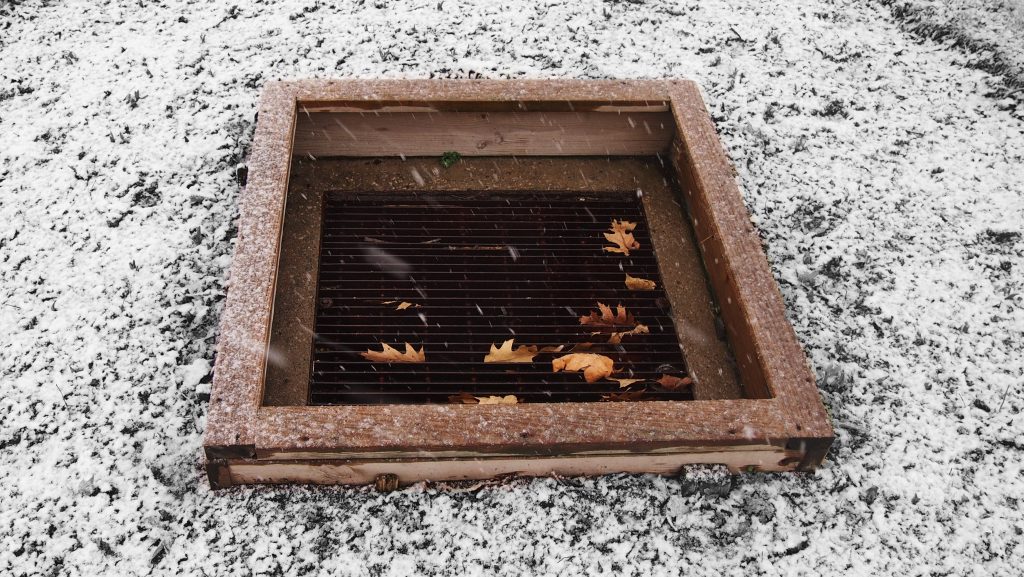 Imagine walking through your neighborhood only to be seriously injured from tripping over a wire frame on a storm drain. The following case considers whether such a condition is open and obvious. This is an important consideration because if a condition is found to be open and obvious, then defendants do not have a duty to protect people from the condition.
Imagine walking through your neighborhood only to be seriously injured from tripping over a wire frame on a storm drain. The following case considers whether such a condition is open and obvious. This is an important consideration because if a condition is found to be open and obvious, then defendants do not have a duty to protect people from the condition.